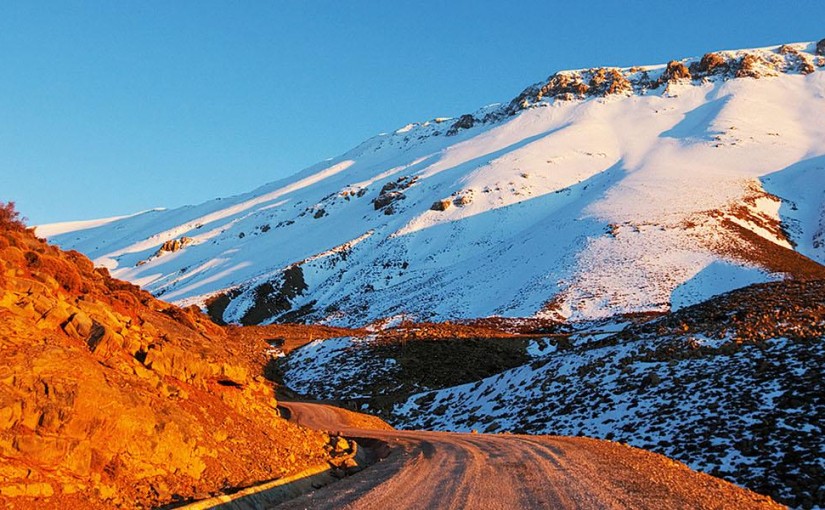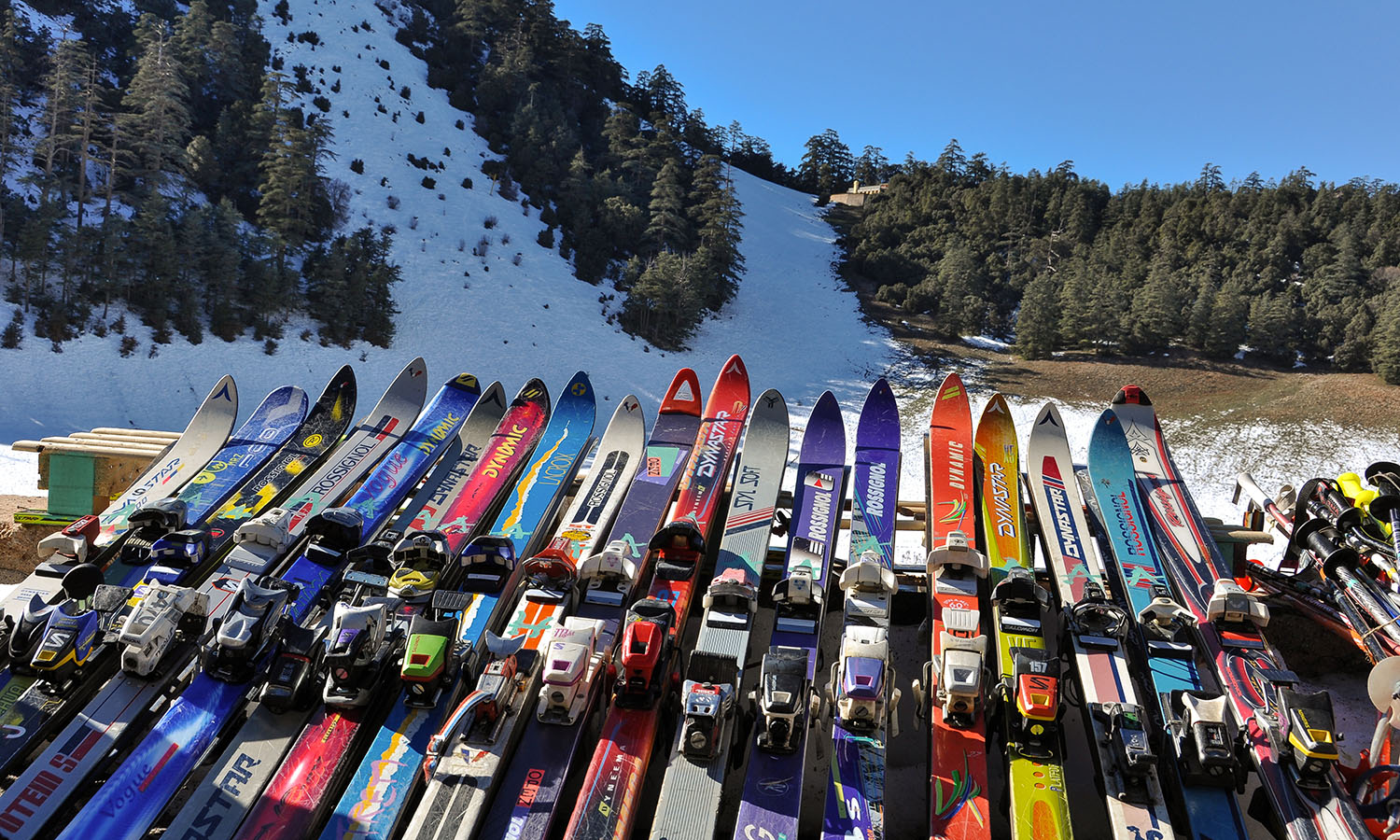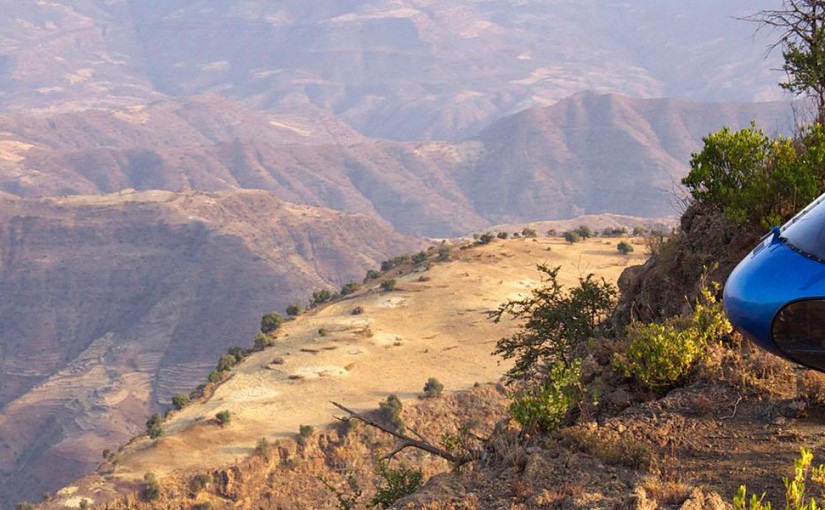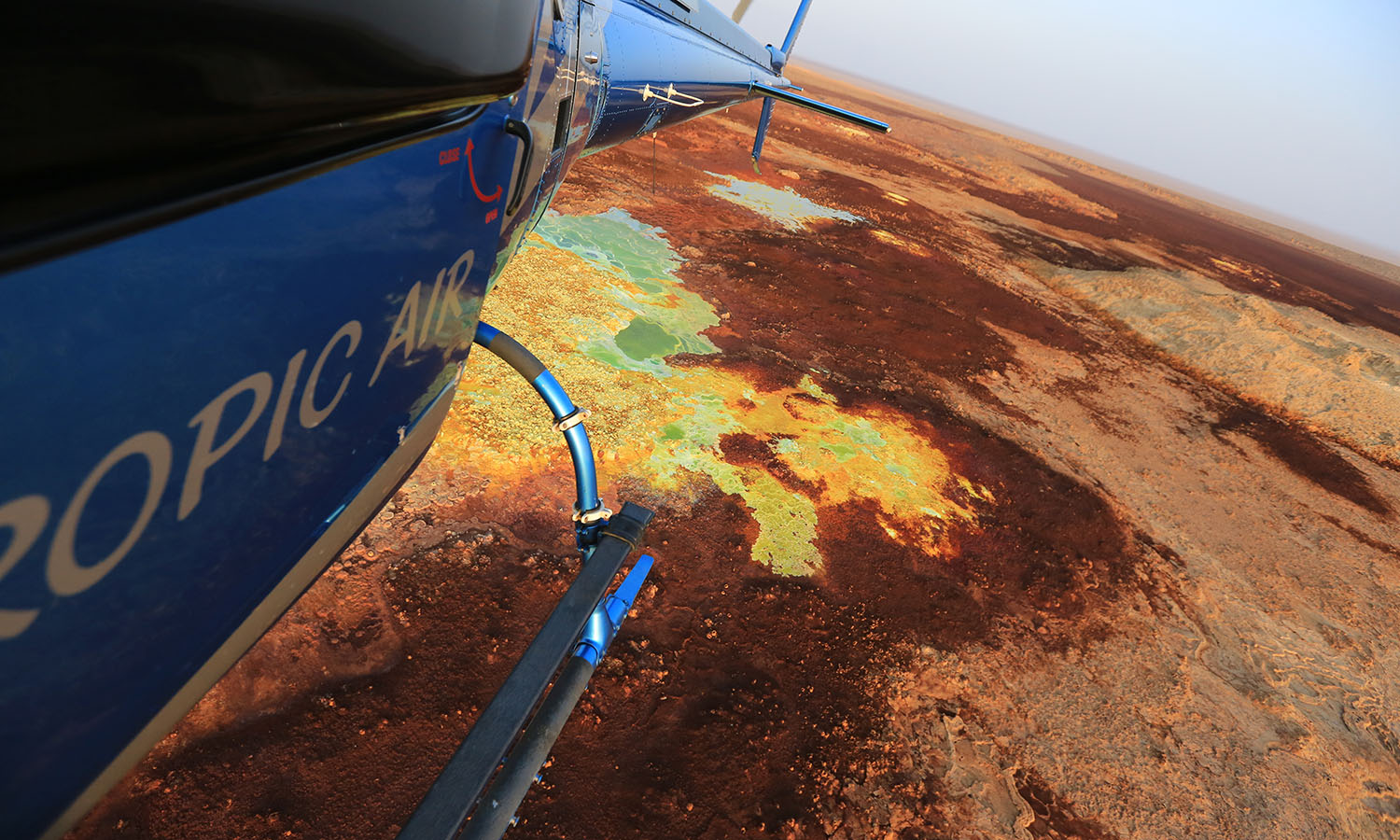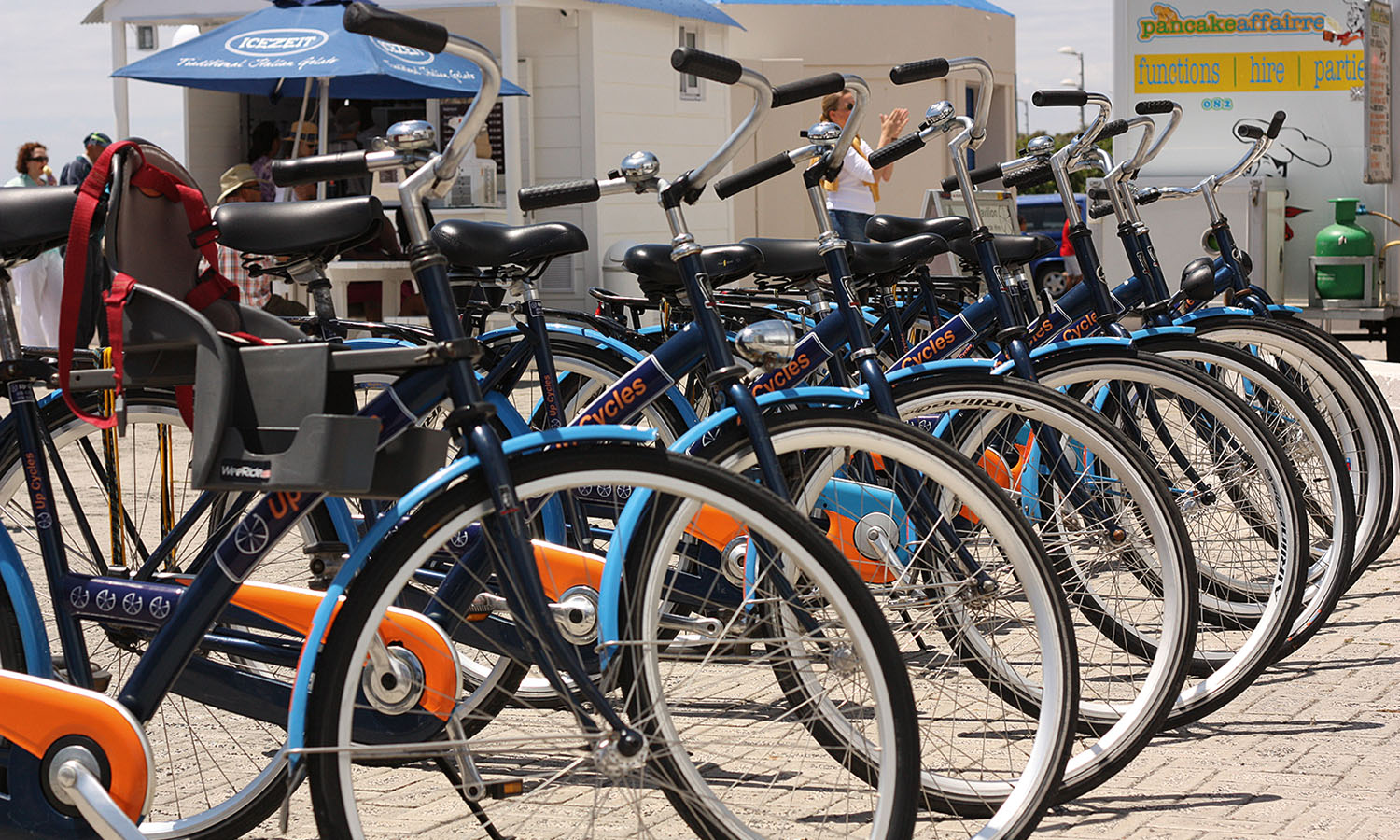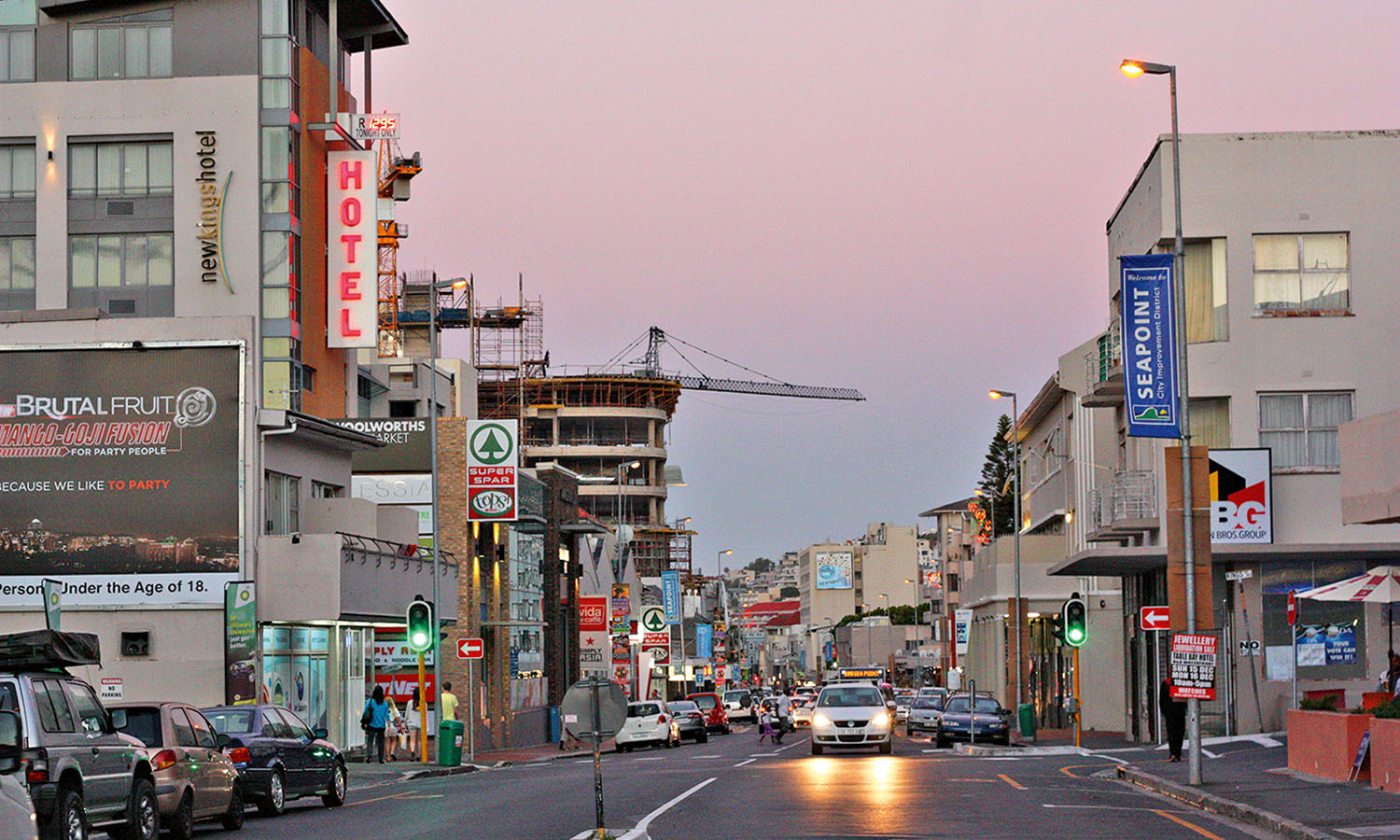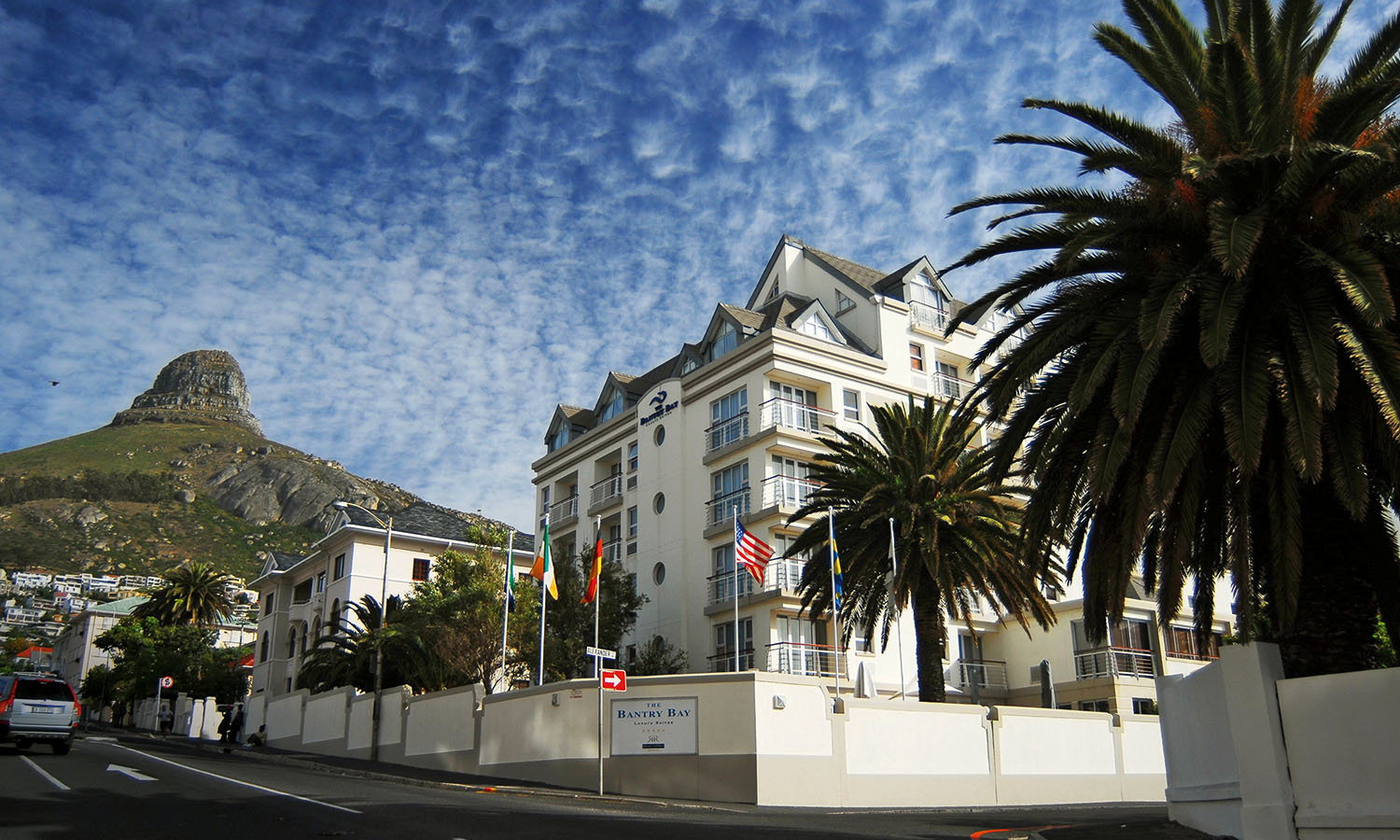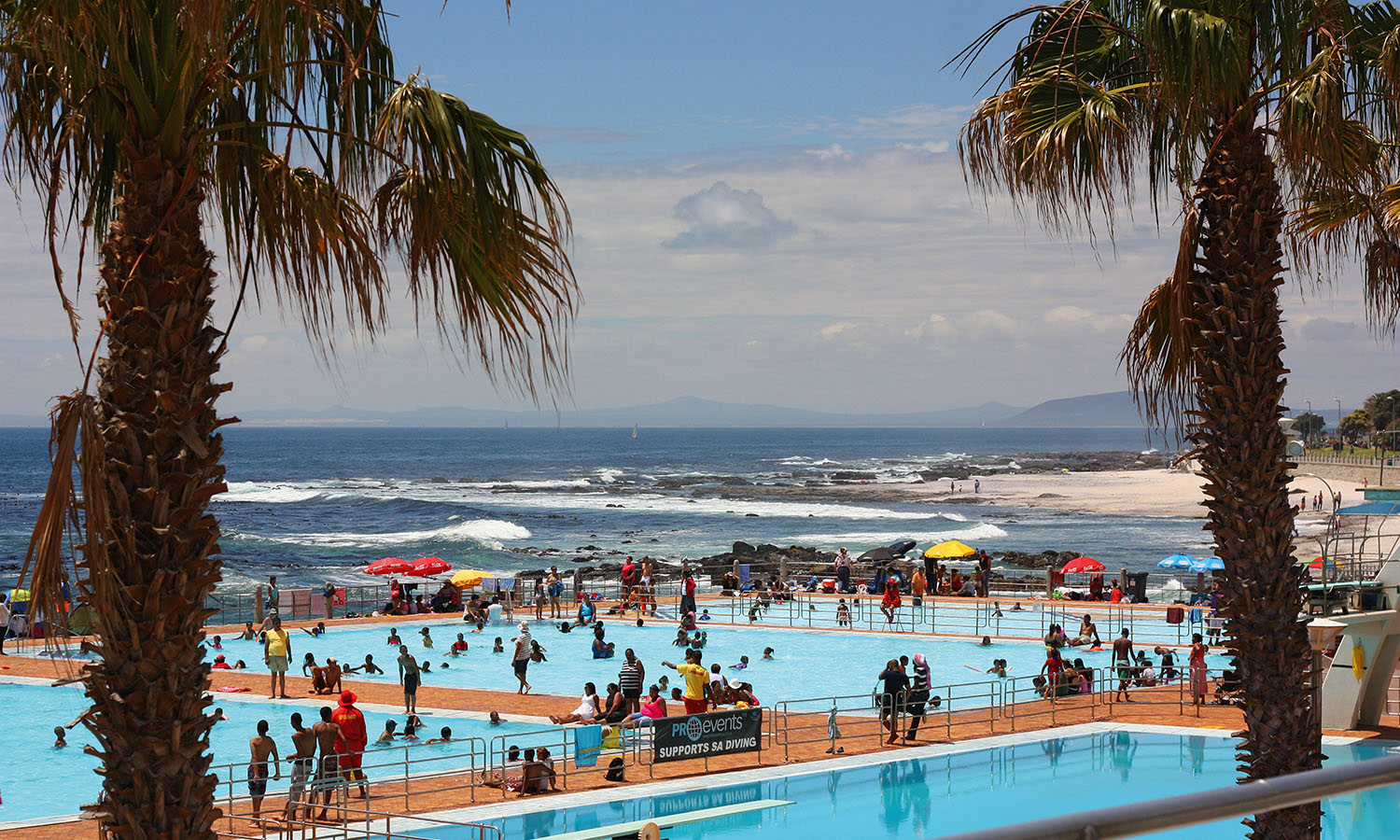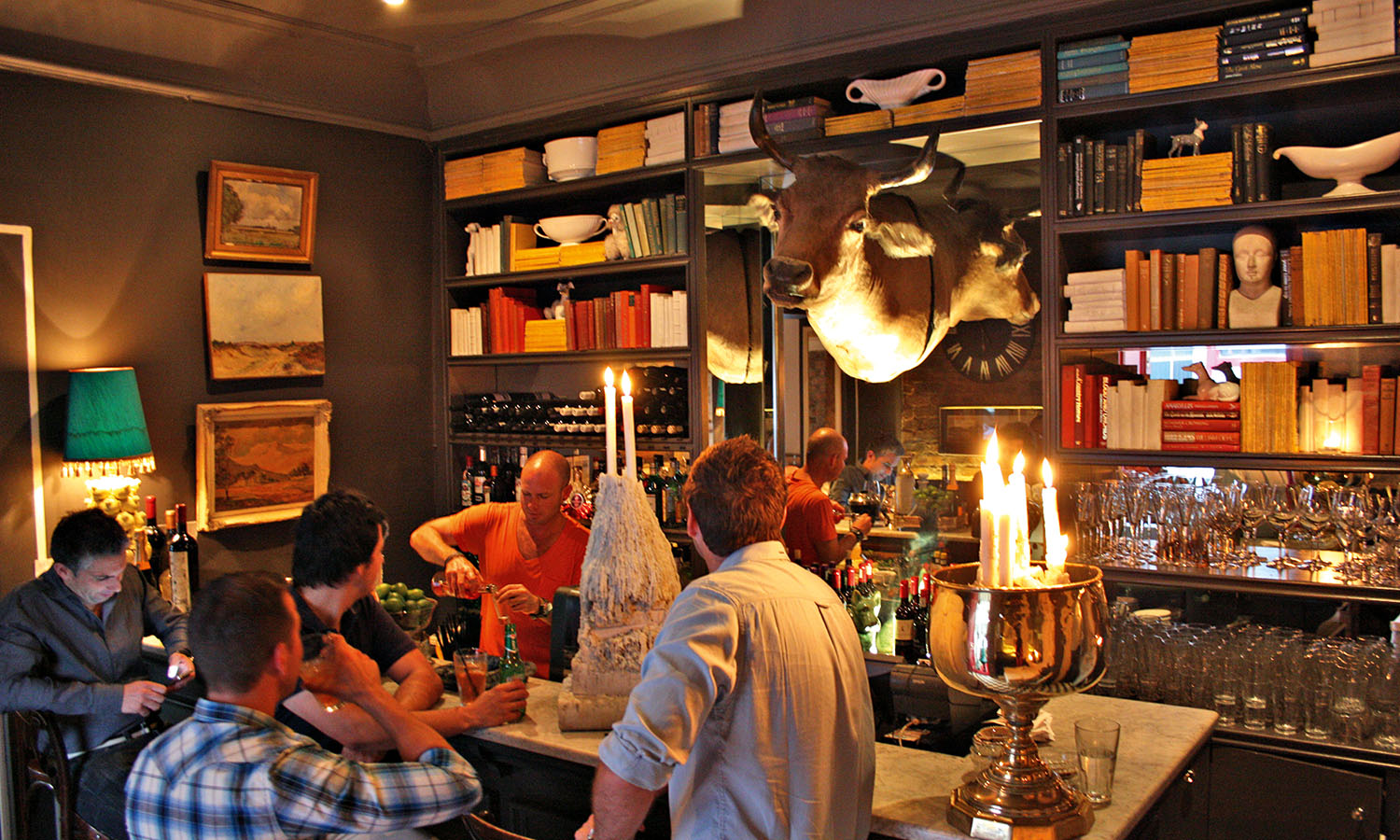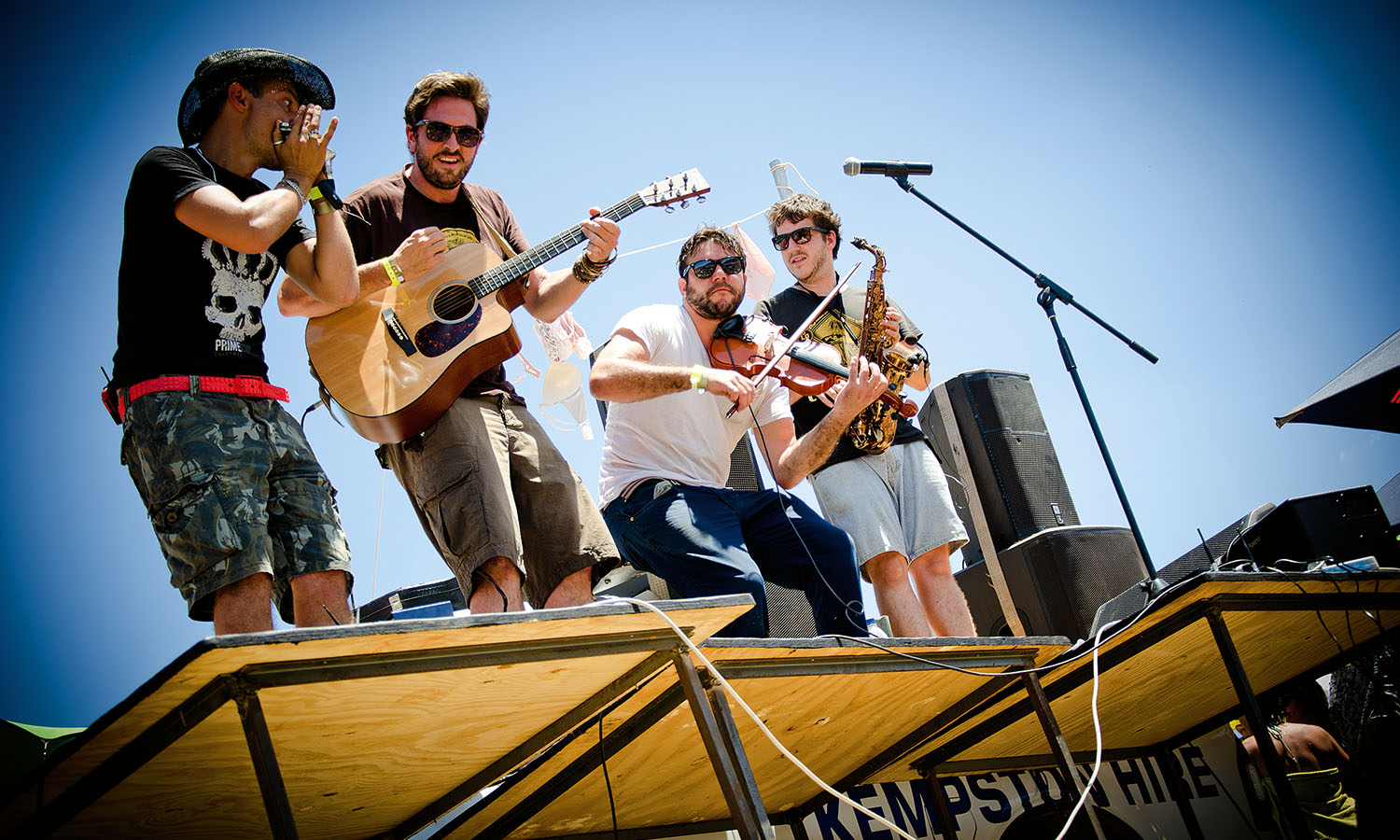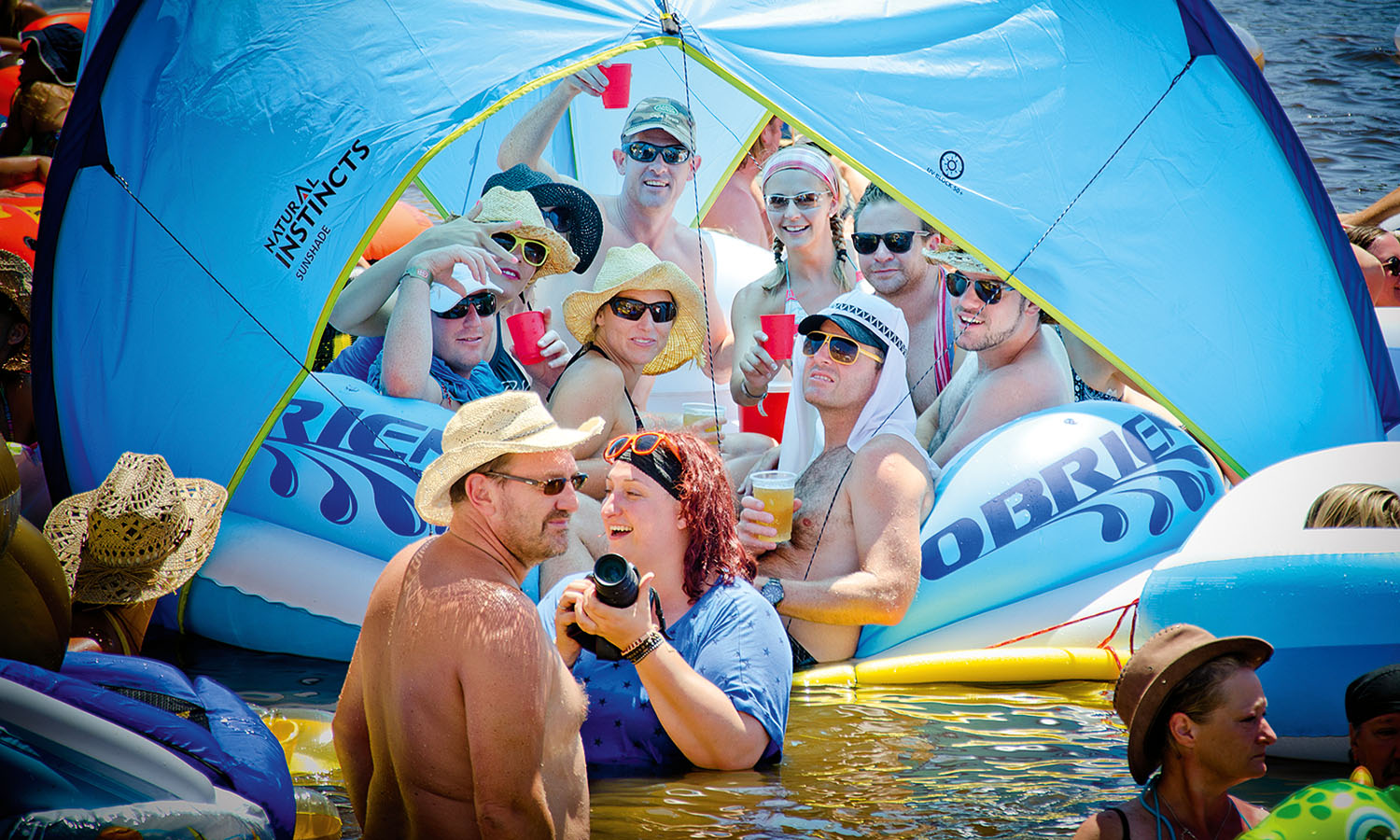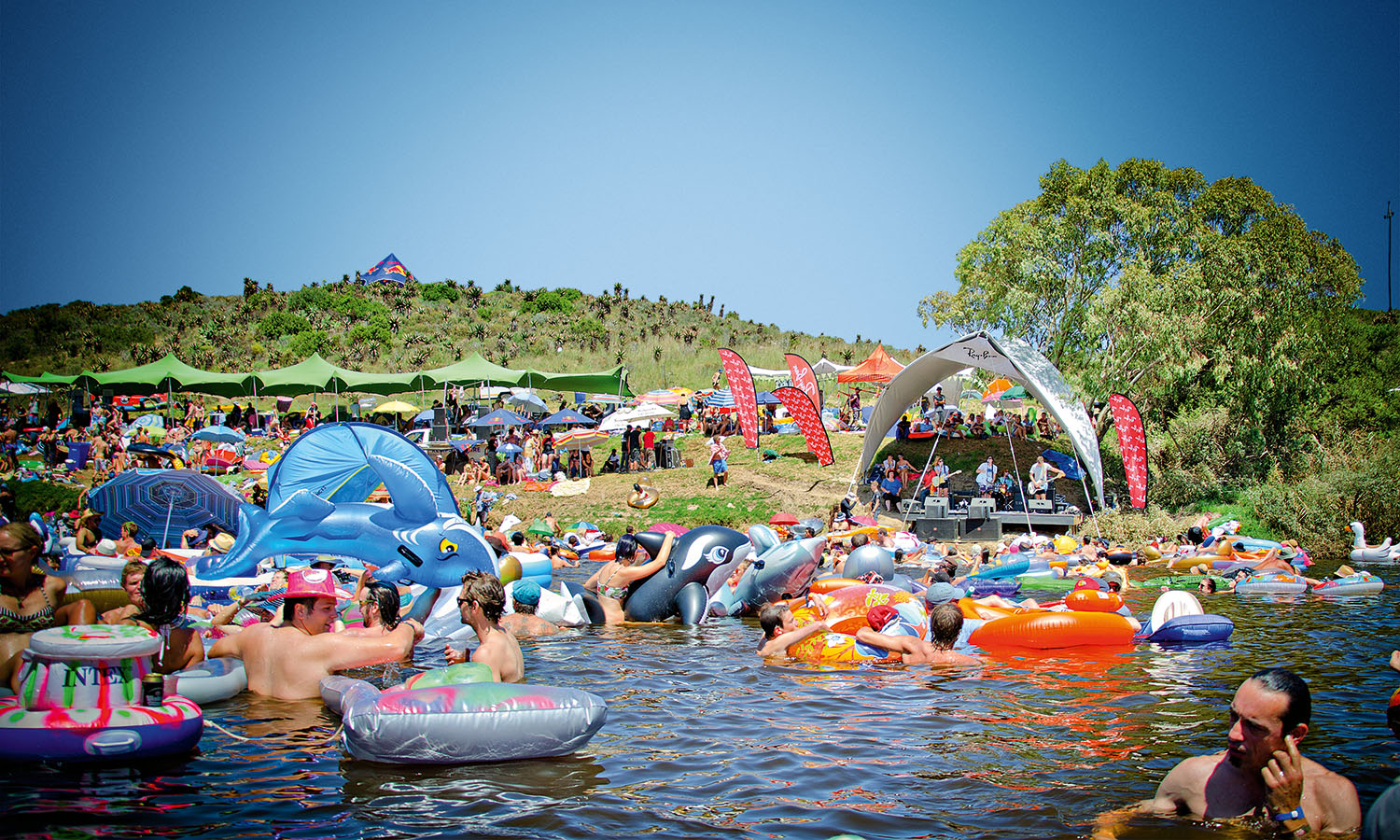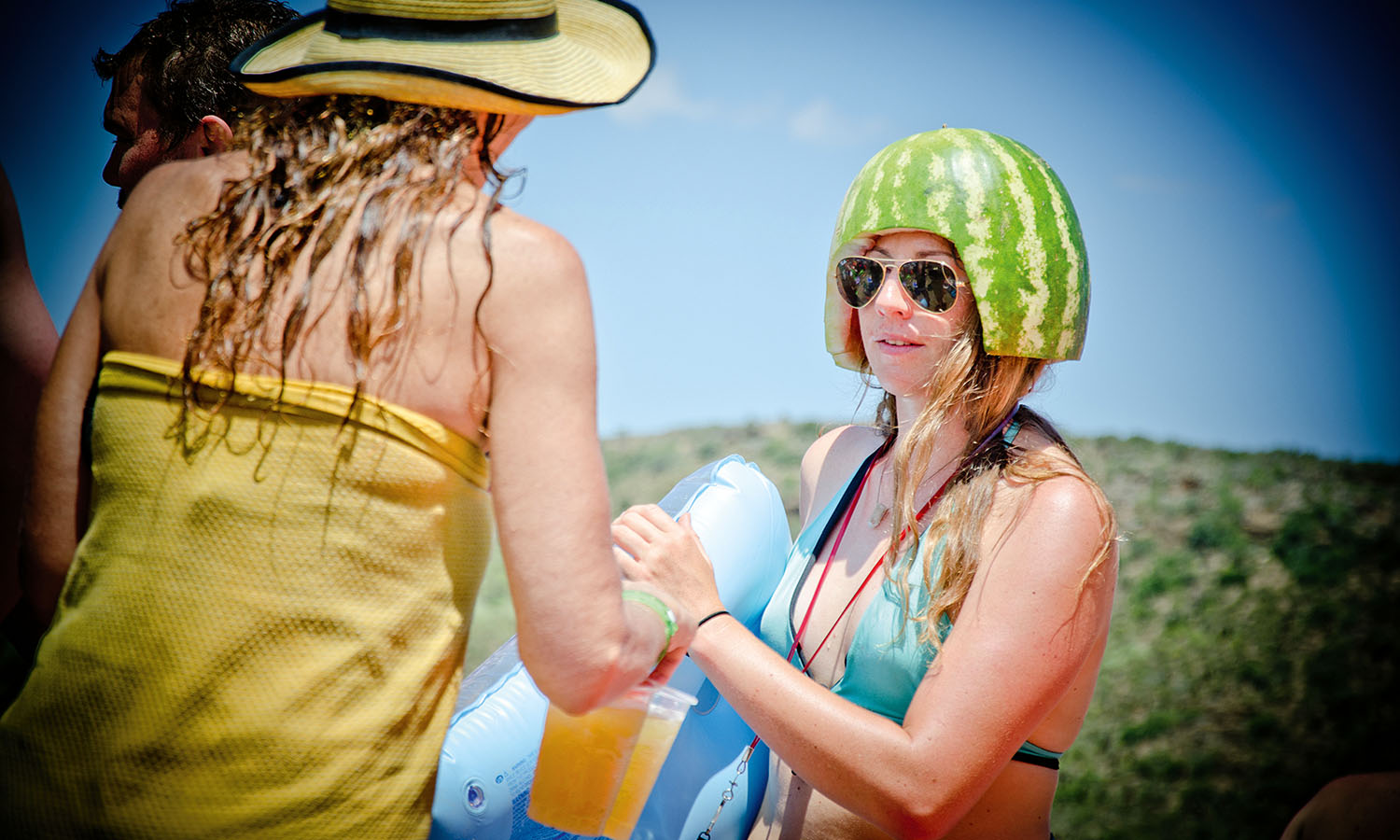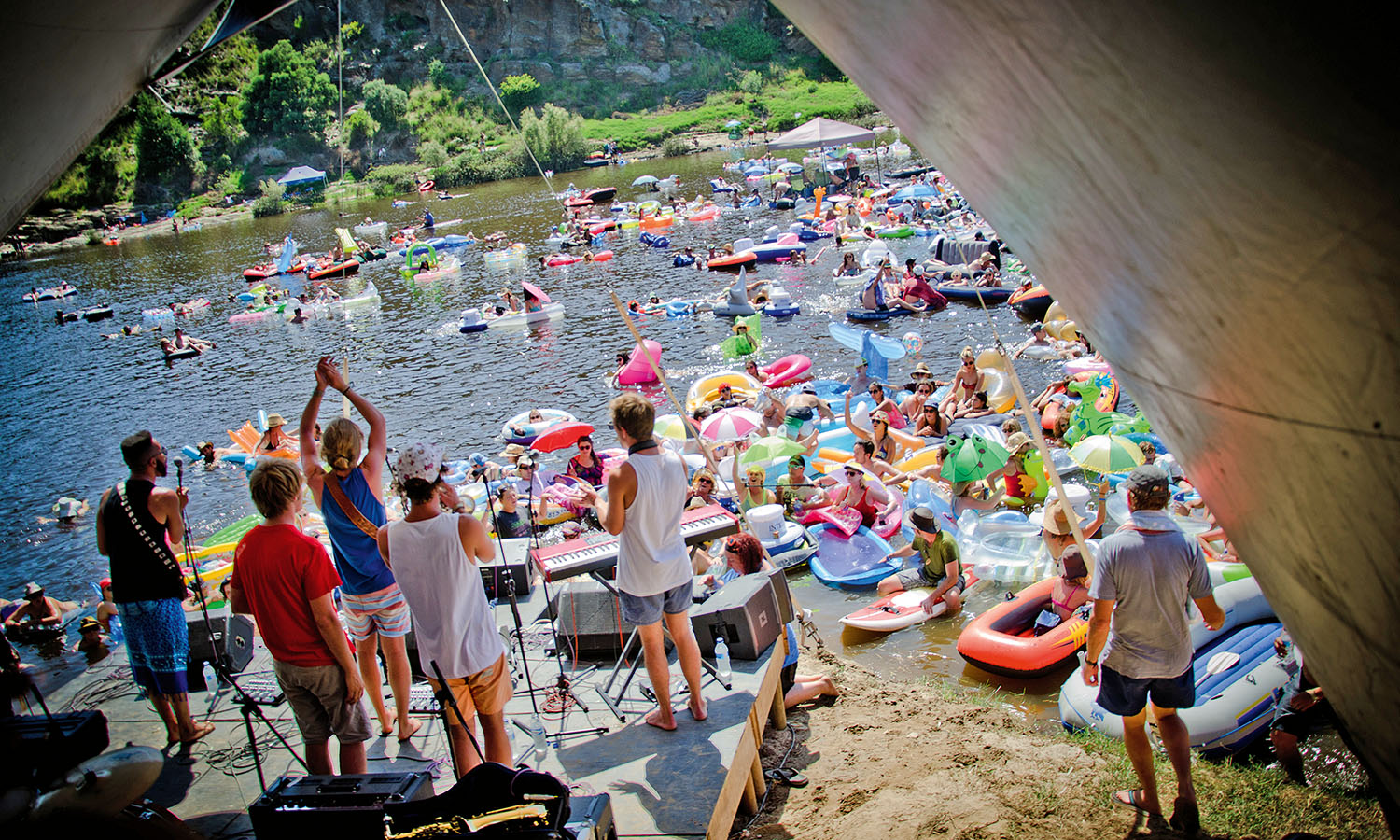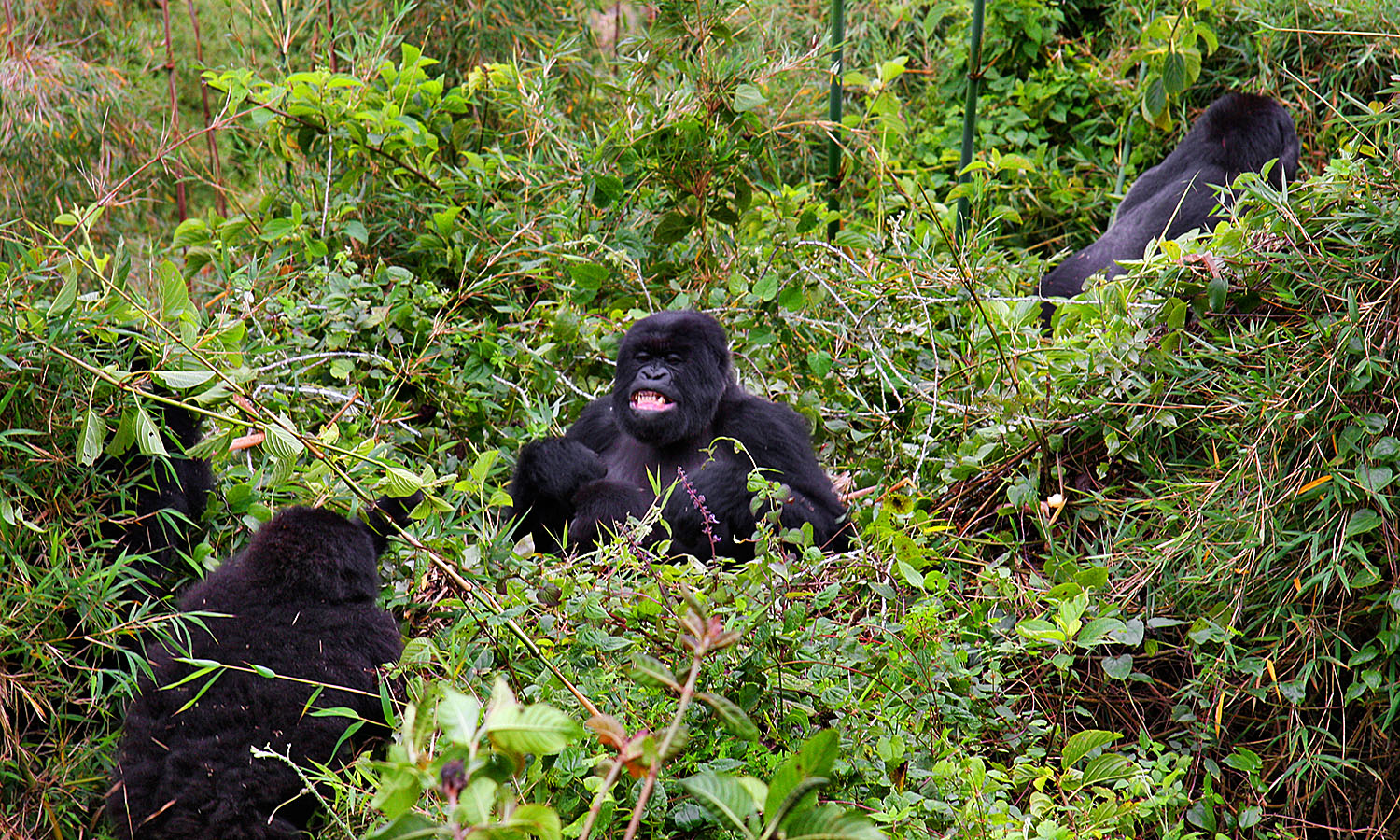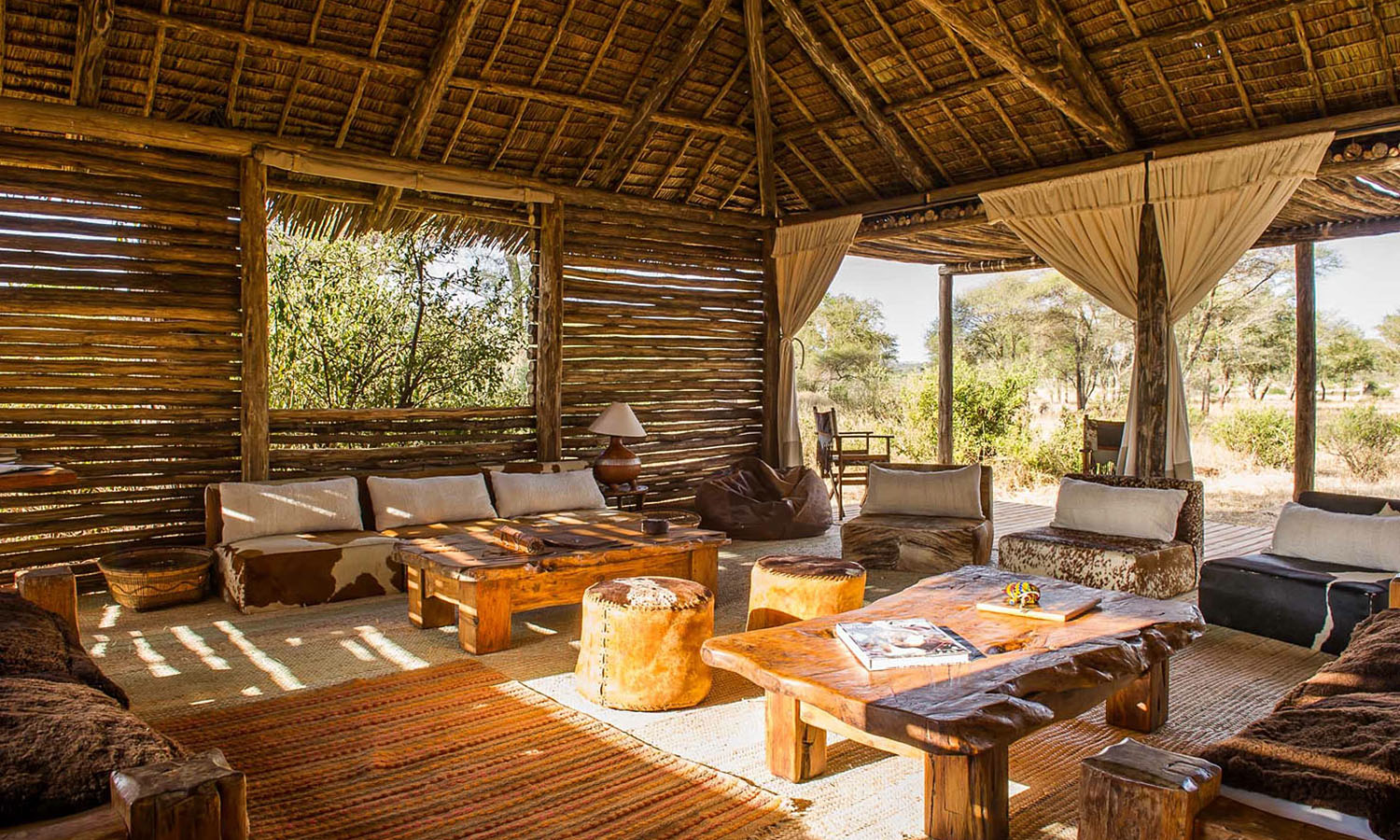There are three words that basically sum up why everyone wants to visit Tanzania: Serengeti, Kilimanjaro, Zanzibar. Yep, this east African nation, unfortunately one of the poorest countries in the world, has sights to burn.
High atop many traveller’s must-see lists is the Great Migration, the mass movement of wildebeest, zebra and gazelle across the Serengeti and north to Kenya. The timing is completely dependent on the area’s rainfall patterns, although it can start in April and continue through to September. But at any time of the year, the Serengeti National Park is one of Africa’s most vast and beautiful wildlife zones. The Seronera area, with its high resident populations of leopards, cheetahs and lions, is also one the busiest parts of the park. For something different, journey to the Loliondo Reserve, an area between Ngorongoro and Kenya belonging to the Maasai tribes. There are plenty of animals, including migratory ones during October and November as they’re returning south, and some of the camps have Maasai guides, who accompany guests on drives and walks. Wildlife lovers might also want to venture to tiny Gombe Stream National Park on the banks of Lake Tanganyika. Since 1965, Jane Goodall has been researching the chimpanzees who live in the forest, and visitors can trek into the park to see the habituated families.
Speaking of Ngorongoro, this conservation area, named after the neighbouring caldera, is both a UNESCO World Heritage Site and one of the Seven Natural Wonders of Africa. The crater is home to hippopotamus, black rhinoceros, Masai lions, Cape buffalo and plenty of other four-legged creatures.
For all its great wildlife though, Tanzania has another side as home to one of Africa’s busiest ports. Former capital Dar es Salaam, a heaving metropolis, bears the marks of the many people who’ve passed through here, with architecture inspired by Africa, Arabia, India and Europe. There are some great beaches, as well as a fish market that bustles at dawn when the fishermen flog their fresh catch.
Dar es Salaam is also the leaping-off point for a trip to the Zanzibar Archipelago (a two-hour fast ferry service leaves numerous times during the day). The main island, Unguja, is the primary destination for most travellers. It’s here you’ll find Zanzibar City, with historic Stone Town at its heart. One of the island’s primary industries has always been spices – cloves, nutmeg, cinnamon – and that has meant traders from everywhere in the world have landed here and left a little bit of themselves behind at different times. Within Stone Town’s maze of alleys, many too narrow for cars, you’ll find Arabian, Persian, Indian and European elements, which led to its UNESCO World Heritage listing in 2000. Tourists are well catered to here, but only 100 kilometres away is the island of Pemba. Here, it’s a little more rustic, but divers will find some of the best coral reefs, walls and marine life in the region.
 (
(
